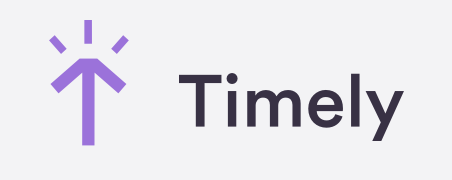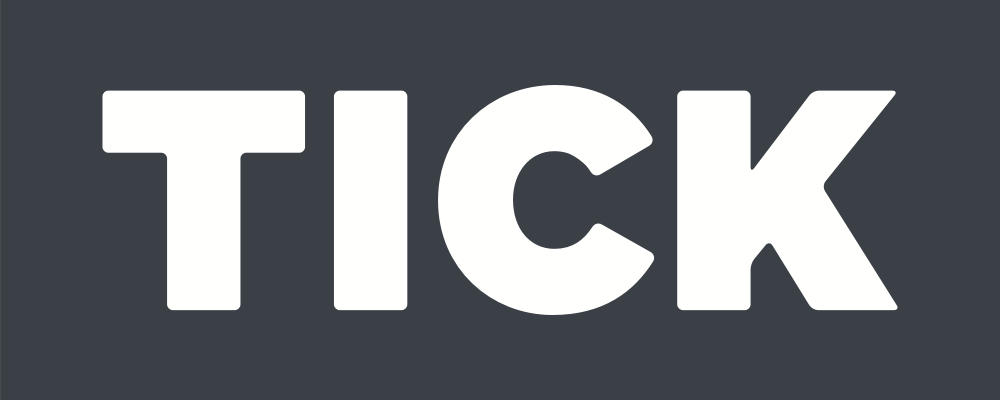How to Monitor Remote Workers in 10 Easy Steps
Navigate the challenges and opportunities of remote work. Follow these 10 steps of structured monitoring and strike a balance between monitoring and maintaining trust.
The decision to switch to remote work comes with a host of doubts. Of course, you want to give your team the flexibility. At the same time, you are worried that some teammates might use the WHF time to slack off.
For this reason, understanding how to monitor remote workers has become critical for maintaining productivity and security.
This guide offers detailed steps to follow to ensure a productive and secure remote work environment.
The Necessity of Monitoring Remote Employees
While remote work can enhance work-life balance and potentially boost productivity, it also introduces a set of unique challenges and opportunities.
Here are the advantages of monitoring your remote workers:
- Distraction Management: Remote work environments are filled with potential distractions, such as household activities, or television, which can steal the focus away from productivity.
- Productivity Enhancement: Proper monitoring provides the necessary push for employees to utilize their flexible work conditions optimally, thereby improving their output.
- Control over Flexibility: The comfort that WFH brings may lead to a decline in engagement. Monitoring ensures that the comfort of home does not compromise work discipline.
- Security Assurance: Remote work setups bring about cybersecurity threats. Monitoring helps in identifying potential security risks and protecting sensitive company data.
Stages of Introducing Remote Workforce Monitoring
Follow these steps for successful monitoring of remote employees:
1. Implement Monitoring Tools
Selecting and implementing a reliable monitoring tool is the first step.
This tool should fit your organization’s needs and provide insights into work hours, productivity, and security.
Insightful is a popular software that provides a comprehensive suite of features. Its options include automated time tracking, real-time productivity insights, and detailed activity breakdowns.
Thanks to its customizable screenshot capturing, Insightful ensures a transparent and efficient work environment, and distinguishes between productive and idle time. This way it keeps remote teams accountable and optimizes performance.
2. Specify Company Targets
Be vocal about the company’s short and long-term goals. Take time to work out how each department should work towards those goals and lay out your plans for each team.
Establishing clear, quantifiable targets helps monitor employees and keep them focused.
3. Sustain Ongoing Communication
Communication platforms like Slack, Zoom, or Google Meet ensure remote teams’ continuous engagement. Regular check-ins by managers reduce the likelihood of time theft or productivity loss.
Constant communication via direct messages or video calls is a great form of support for employees.
4. Track Work Hours
Monitoring work hours is the elementary method of monitoring remote employees. Time tracking helps in assessing employee engagement and productivity.
Automated timesheet systems can streamline this process, especially for remote teams, including those employees paid hourly or on a contract basis.
5. Monitor Digital Footprints
Utilize tools like Insightful to track app usage and website visits, and take screenshots. Create lists of apps and websites that are considered productive for which team.
This way you’ll learn how employees spend their work time and ensure they are using company resources appropriately.
6. Require Self-Reporting
Provide a way for employees to report to work when working remotely. With a tool such as Insightful, you can allow manual or automatic clock-in.
In addition, encourage employees to submit regular reports to keep track of progress and identify areas for improvement.
7. Support & Resolve Employee Issues
Create a knowledge base by compiling resources like video tutorials or text documents. Make it accessible across the company to help employees troubleshoot potential issues.
You can also set up a system for rapid issue resolution to maintain a smooth workflow for remote employees.
8. Evaluate Performance
Regular performance evaluations are an integral part of your monitoring efforts.
With Insightful, this step can go quite smoothly. This software creates detailed activity and productivity reports that help in acknowledging achievements, addressing issues, and making workload distribution decisions.
9. Address Payroll & Attendance
Transparent and accurate payroll management, along with reliable attendance tracking, reinforces work discipline.
Rely on a tool such as Insightful to automatically track every minute of an employee’s work day. Then export reports in a click and create detailed invoices for clients.
10. Maintain Privacy & Ethical Standards
Always keep in mind that you should respect the privacy of your employees. You should also avoid micromanagement so as not to make your workers stressed out, distrustful, and lacking in morale.
Conclusion
The uncertainties you have about shifting to remote work are justified. Still, if you rely on appropriate tools and processes, your team can function smoothly. Some employees may even show improved performance.
Throughout the implementation of new tracking methods, always keep in mind that effective monitoring is not about constant surveillance. It's about balancing monitoring with trust, leveraging technology to support and enhance remote work dynamics.
In other words, focus on creating a structure where remote workers can thrive while ensuring they meet all business goals.
.svg)






























.jpg)

%20(1).png)
.png)



%20(6).png)